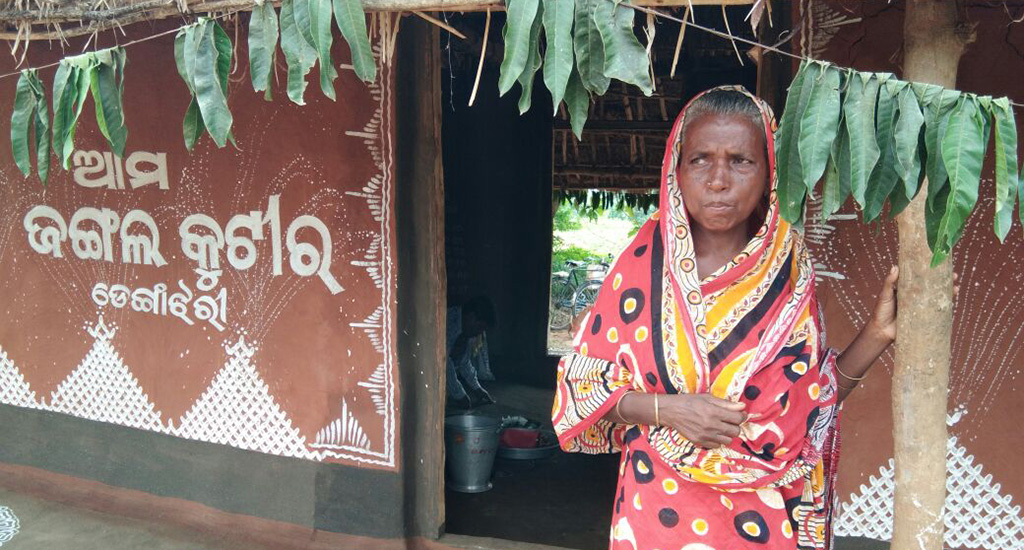
Jungle Warriors: Odisha women set up jungle huts to save forests
Women in Nayagarh district’s villages start jungle kutirs that serve as a resource hub where they gather and make plans to protect jungles as also individuals’ forest rights.

Women in Nayagarh district’s villages start jungle kutirs that serve as a resource hub where they gather and make plans to protect jungles as also individuals’ forest rights.
First, they deployed their might to protect the local forests by chasing away timber smugglers with sticks. Now they are applying their mind with greater effect to conserve the jungles alongside safeguarding their own interests.
Living amid rolling hills dotted with sal and siali trees, some enterprising women of Odisha’s Nayagarh district – some 70 kms from the capital city of Bhubaneswar, are proving to be worthy custodians of nature because of their collective wisdom.
Bound by the love for the forests and driven by the desire to protect their own livelihoods largely dependant on forest produce from tamarind to honey, they have set up small forest huts (kutirs) to further their cause.
The huts with beautiful traditional Odia art painted on their walls host regular meetings of the women. It is here they plot their next move – from how better to protect the forest to how effectively its many resources could be used.
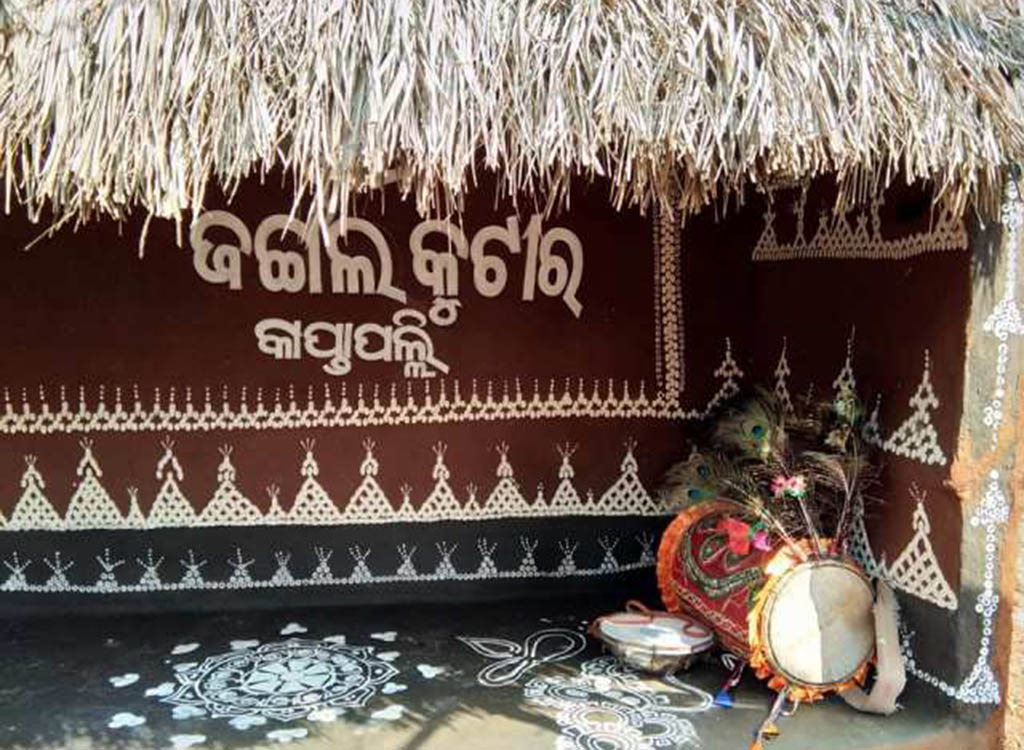
More importantly, the kutirs are also the place where the women keep their documents: from the list of forest protection committee members to land records, ensuring their forest rights are more than secured.
“The kutirs are the space which reminds us of our responsibility and also gives us freedom,” pointed out Gulab Pradhan of village Denghajari.
Also Read | Meet Similipal’s young forest “Protection Assistants”
None possibly would know better than Pradhan, since the initiative started in Denghajari.
“From food to firewood, the air that we breathe, our medicines, the forest is a source of all. In return all we have to do is conserve it,” said Pradhan.
“But we realised that we needed a space within the village where we could keep our documents, display various resources from the forest and also sit and talk about any issue or concern. So, it was a collective decision to have the jungle kutir,” she added.
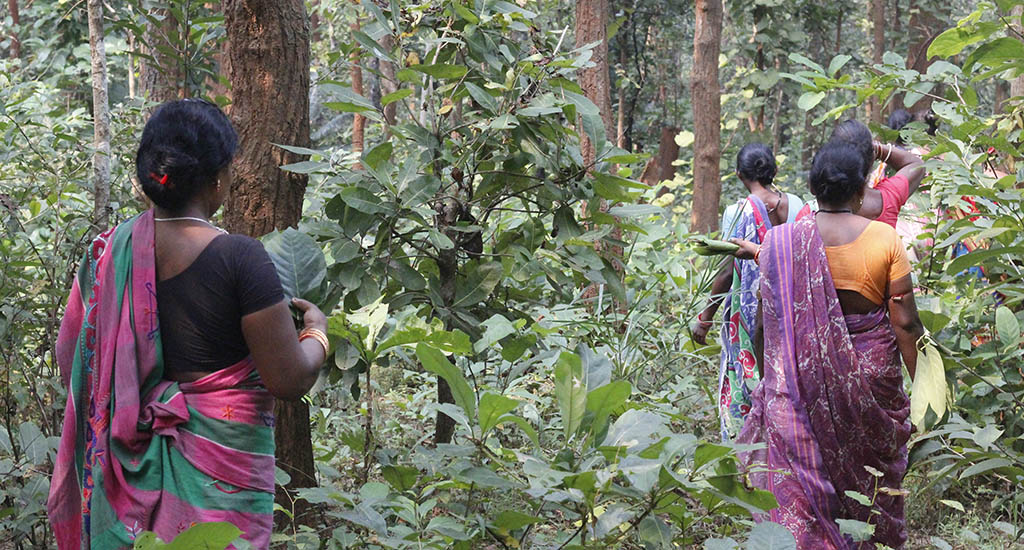
“Once every month we discuss important issues. We talk about market linkage plans for forest produce, even requests by members for use of wood for family functions.”
Three years since the first jungle kutir came up in Denghajari, women from a couple of other villages have already followed suit and set up their own spaces.
Also Read | How villagers in Poi breathed life back into a forest
Encouraged by their success, the local district administration is now actively engaged in promoting the kutirs.
In Surkhabadi, it actually helped the women with money and resources to build a resource centre made of brick and concrete.
“When we learnt about the initiative, it was intriguing. As custodians of the forest, this jungle kutir will be important for the women. So, it was decided to build a concrete house instead,” said Ranpur block tehsildar Prabhakar Panda.
The jungle kutir in Surkhabadi has many utilities, besides hosting the women who gather for their daily chit-chats.
The interiors are painted with details like the area of forest cover, a detailed list of steps one must follow to prove his or her forest rights, and the various kinds of trees that are there in the forest.
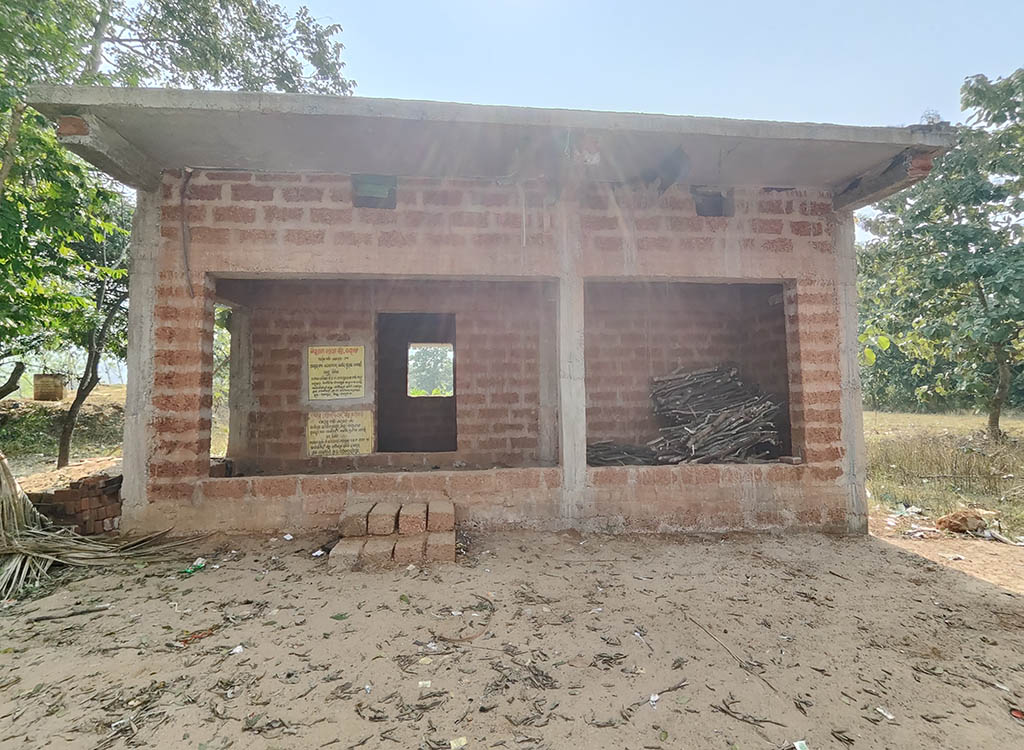
“The battle for claiming rights over the forest has been a rather long one. For anyone visiting the village, they must know about this journey as it forms a part of our history too,” said Meera Pradhan of Surkhabadi village.
Also Read | Why this woman in Odisha is called a traditional seed guardian
Of course, gossips are shared animatedly under the roof of the hub. But more important is the useful information shared with a view to improve lives.
For forest-dwelling communities, one major concern with changing climate is the disappearance of many forest resources. The elderly of the village have now planned to conserve fruits and vegetables or other green resources from the forest and document them.
“A lot of vegetables and fruits that we consumed have slowly decreased in production or their quality isn’t as good. We realise that probably in a few years some of them will completely disappear,” said Sashi Pradhan, 84.
“But we wish to conserve them in some form, may be pictures with description or a specimen…in some form that can become a reference for the future generations and today’s children,” she added.
Sashi, fondly called ‘Sashi mausi’ has taken it upon herself to gather the children of her village once a month and talk to them about the importance of forests and why one should conserve them.
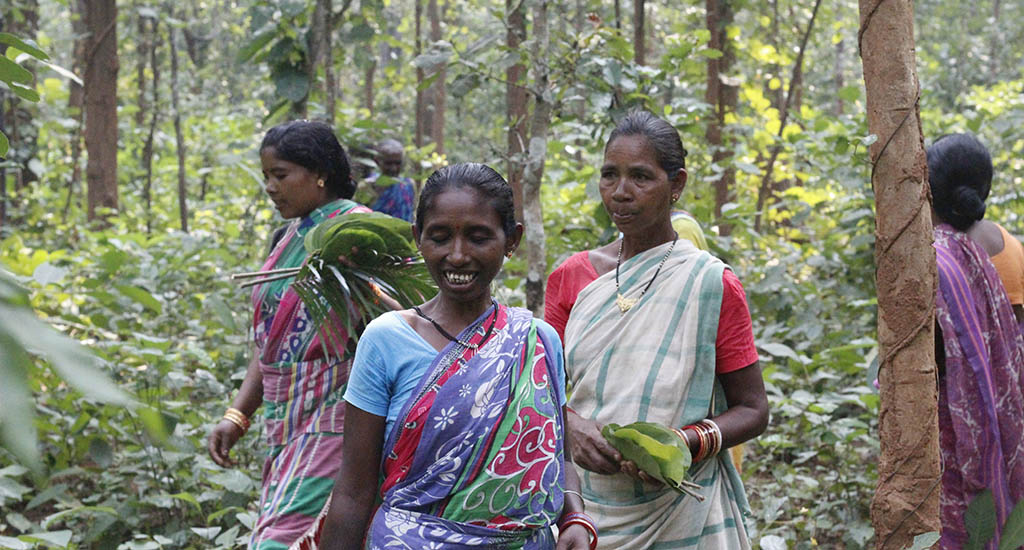
“We have seen the forest disappear due to man-made actions and we have worked very hard to revive it. But now most of the younger generation migrates for work and do not have the same kind of attachment with the forest like we did. But this is an ancestral wealth for us and we want all the children to be at least aware of it,” Sashi said.
Also Read | Community ensures forest protection and sustainable management
So it becomes important for her to narrate stories on why the forest holds significance.
As Sashi Mausi holds forth energetically, the hub is humming with activity with more women arriving.
More importantly, it is high on hope for a future where both forests and human beings get to live in harmony without one harming the other.
Aishwarya Mohanty is an independent journalist based in Odisha. She reports on the intersection of gender, social justice, rural issues and the environment. She is also a Rural Media Fellow powered by Youth Hub.
The lead image at the top shows Women of Denghajari village built the jungle hut, with “ama jungle kutir” – which translates to “Our forest hut – written on it (Photo by Aishwarya Mohanty)